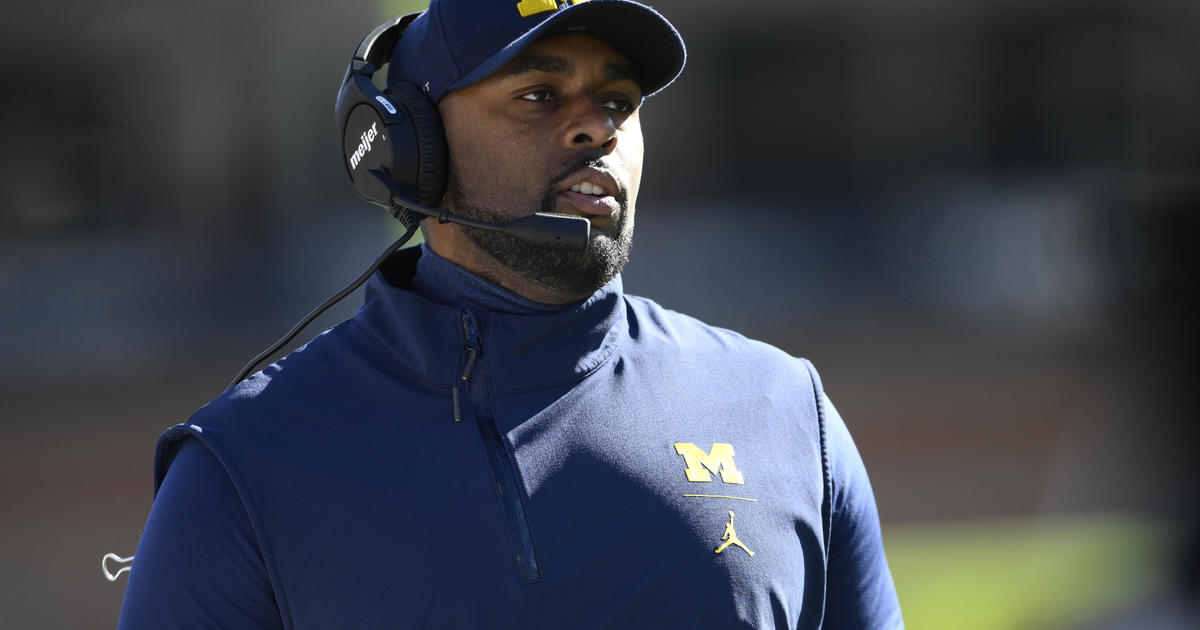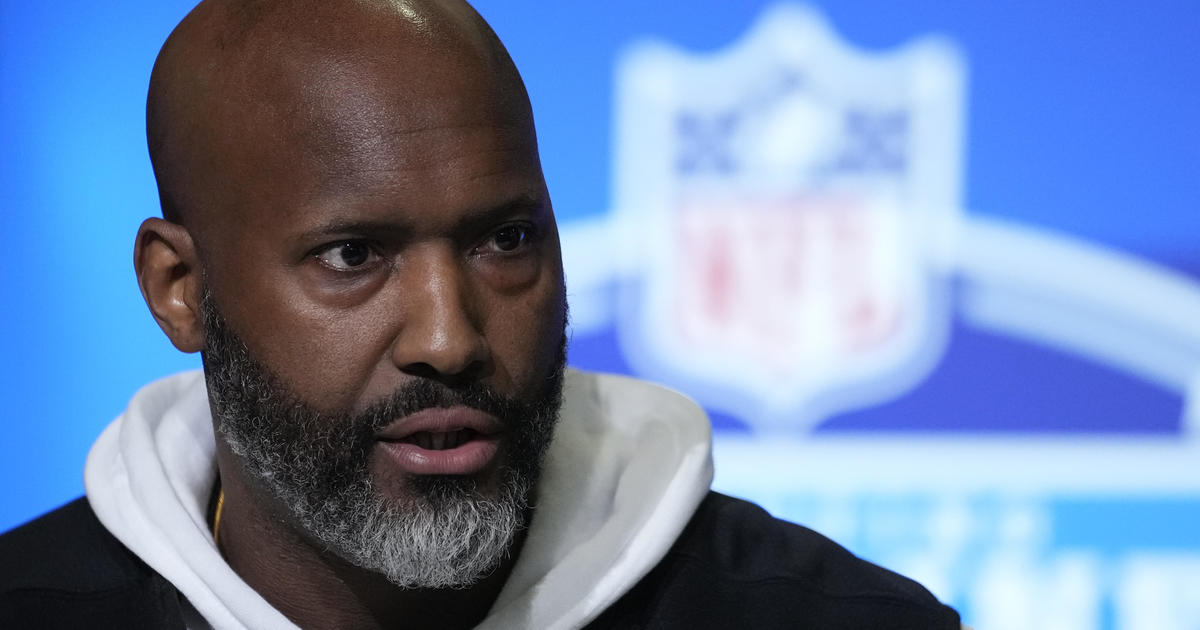Tigers Smart To Trade Maybin, Who's Due For Serious Regression
By: Will Burchfield
@burchie_kid
The Tigers kicked off what promises to be a busy offseason on Thursday, dealing Cameron Maybin to the Los Angeles Angels for a pitcher no one had ever heard of.
And it was undoubtedly a smart move.
Forget Al Avila's stated desire to rein in spending - although it certainly helps that the Angels took Maybin's $9 million option off the Tigers' hands. And forget about the player the Tigers got in exchange - although it looks like Victor Alcantara, as he's so named, could be a pretty nice pickup.
Instead, look at Maybin's abnormally strong numbers in 2016 and realize that a) they were wholly unsustainable and b) they inflated his trade value to unforeseen heights. The Tigers struck while the iron was hot, and they would've been foolish not to.
Entering 2016, Maybin was a career .251 hitter over 2,500+ plate appearances. Then he turned around and hit .341 over the first half of the season, finishing with a mark of .315. Had the former first-round pick, at age 29, finally put it all together? Had he finally turned into the hitter everyone had hoped he'd become?
No. Of course not. We understand baseball well enough now to see through such aberrations.
Maybin was the same low-power, light-contact hitter last season that he's been his entire career, only he benefited from some freakish luck. Look no further than his batting average on balls in play (BABIP) for an explanation.
The league-average BABIP rests around .300. That's right where Maybin was at the start of last season, with a career BABIP of .312. In 2016, that number spiked to .383 and Maybin looked like the second coming (at the plate, at least) of 2007 Placido Polanco.
BABIP can fluctuate somewhat from year to year, but any serious spike (or decline) is dubious. It suggests the player is benefiting (or being victimized) by factors outside his control, such as defense or matchups or flat-out luck.
Think back to last season, particularly to the games the Tigers played at Comerica Park, where Maybin hit .374. No player, as I recall, saw more pop flies find grass or more ground balls find holes than Detroit's No. 2 hitter. This is subjective, of course, and our minds are prone to imagining things if the numbers suggest they're true.
But the statistics don't lie.
Maybin has never been a hitter who consistently makes hard contact. In fact, per FanGraphs, his quality of contact on batted balls falls between poor and below-average for his career.
FanGraphs' quality of contact profile - based on league-wide averages - is below:
Maybin's career splits are as follows: 22.5% soft contact, 51.4% medium contact, 26.1% hard contact.
Compare those to his splits in 2016: 19.8% soft contact, 55.5% medium contact, 24.7% hard contact.
So Maybin made hard contact less often last season than he has throughout his career, and his average spiked by about 55 points. How, you ask?
Luck, we answer. A whole lot of luck.
Seeing-eye singles. Texas-leaguers. The kind of hits that drive a pitcher crazy and make a batter flash a crooked grin. Maybin ran into more of them last season than one can expect - far more of them, in fact - and his BABIP went soaring through the roof as a result.
But it will come back down. It always does.
So in measuring the Tigers' first move of the offseason, don't take Maybin for his most recent offensive statistics. He's not a .300 hitter. He's not really even a good hitter. But he was a lucky hitter in 2016, and the Tigers leveraged his deceiving numbers into a good deal with the Angels.
As for the supposed hole that Maybin leaves in centerfield, just know that he was worth minus-11 defensive runs saved in 2016.




